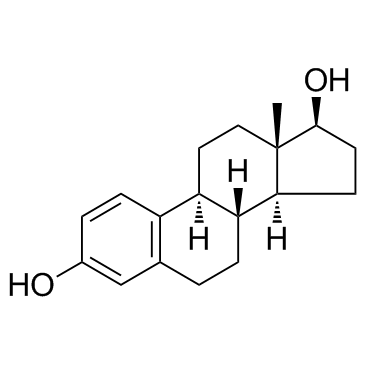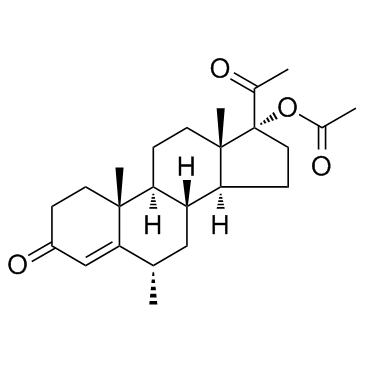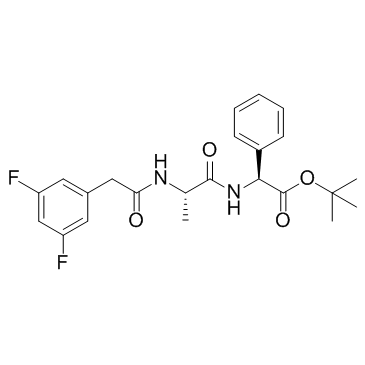| Structure | Name/CAS No. | Articles |
|---|---|---|
 |
beta-Estradiol
CAS:50-28-2 |
|
 |
8-Bromoadenosine
CAS:2946-39-6 |
|
 |
L-Glutamine
CAS:56-85-9 |
|
 |
Medroxyprogesterone 17-acetate
CAS:71-58-9 |
|
 |
DAPT (GSI-IX)
CAS:208255-80-5 |